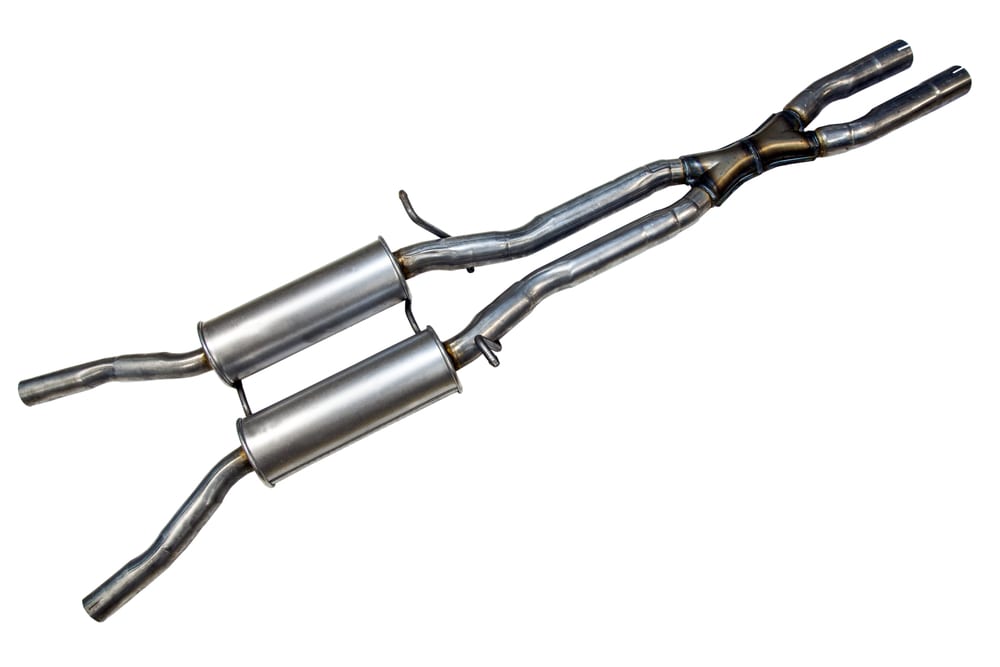

The exhaust gas recirculation valve (EGR valve) serves to dramatically reduce the emissions that are key contributors to pollution in the air. While EGR systems were not routinely added to engines until 1973, nearly all engines produced or on the road today have an EGR system in place.
When functioning under normal parameters, the EGR system does not cause a load on engine performance. However, a leaking or inoperative EGR system can cause load issues such as knocking or pinging as well as a range of other drivability problems.
EGR valves work by creating a small and calibrated “leak” between the exhaust and intake manifolds. This passageway allows some of the exhaust to be circulated back into the engine; however, this amount must be closely controlled by the EGR valve as a large leak leads to significant reductions in engine performance and drivability.
A couple things to keep in mind to make sure you’re getting a good quality EGR valve:
Newer vehicles have an electronic EGR valve to control the recirculation of exhaust gas, while older systems utilize a vacuum-related EGR valve. You will need to consult a mechanic or your product manual in order to assure you’re looking at the correct type of EGR valve for your particular vehicle.
There are six main types of EGR valves, all of which were used in a specific era in vehicle manufacturing. The ported EGR valves were used from around 1973 – 1980, positive backpressure EGR valves and negative backpressure EGR valves were both used from 1973 on, pulse-width modulated electronic EGR valves and digital electronic EGR valves were in use from the late 1980s to the 1990s, and the most recent version are the linear electronic EGR valves which started appearing in the 1990s through today.
There are some vehicles that don’t even have EGR valves – these cars have VVT (variable valve timing) instead, but have the same effect as EGR.
Incorrect installation of an EGR system can cause pinging, rough idles and misfiring, as well as starting difficulties
When replacing this part, it’s best to keep the old part until you receive the new one to assure they match exactly. An OEM part is best, simply because there are so many different varieties on the market.
You may need your vehicle’s VIN to ensure you’re getting the right part.
While EGR valves can be complex, as long as you keep your current part until you’re ready to replace it, you should be able to get a replacement part that will work just like new.
YourMechanic can install or replace an EGR valve for you.



